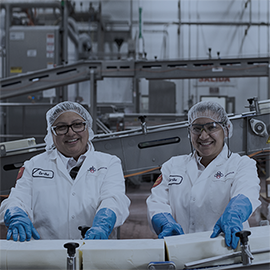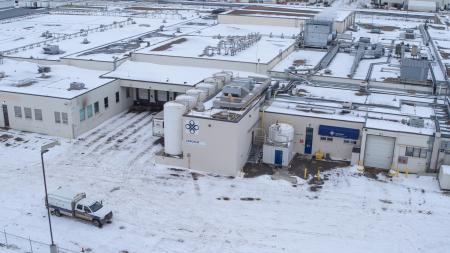Agropur celebrates success at 2025 U.S. Championship Cheese Contest
APPLETON, WI, MARCH 6, 2025 – Agropur is proud to announce that 10 of its high-quality cheeses earned medals in their respective categories at the 2025 United States Championship Cheese Contest, held March 4-6, 2025, in Green Bay, Wisconsin.











